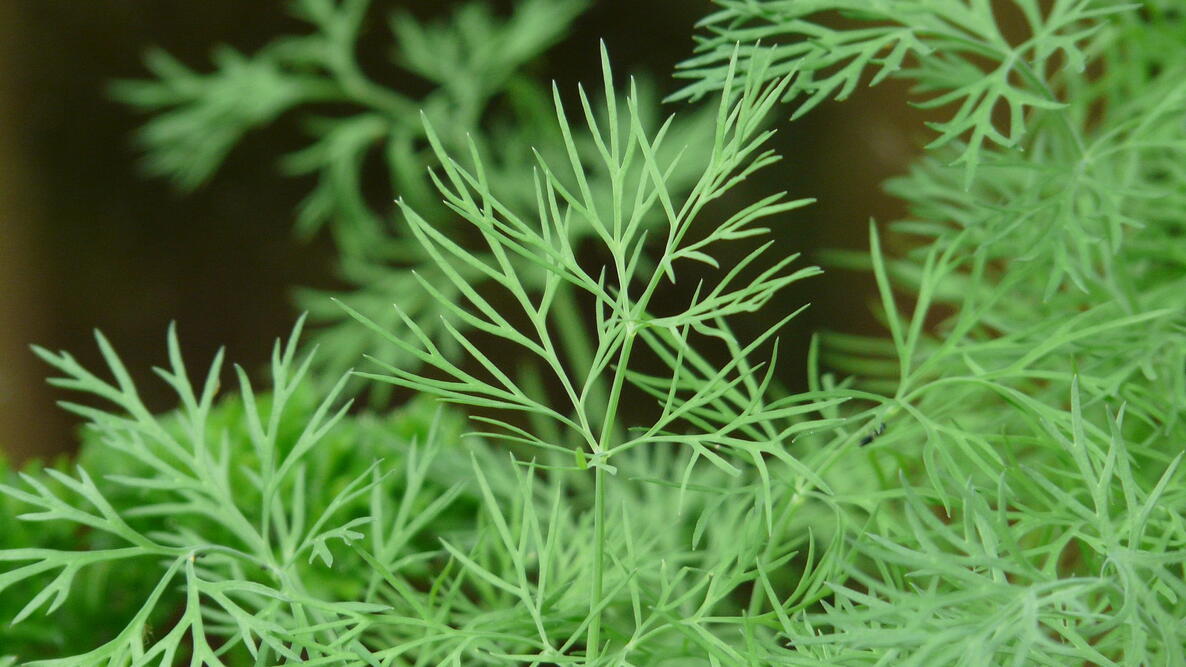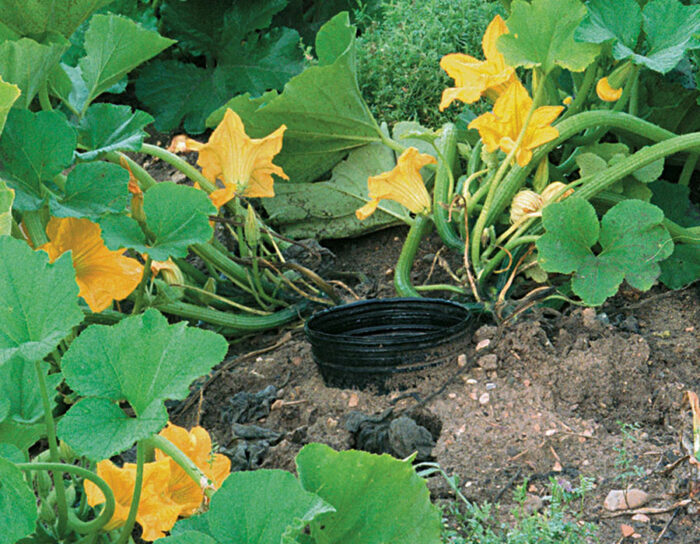Companion Plants That Will Make Your Lemon Balm Thrive
Lemon balm is a popular herb that is known for its lemony aroma and calming properties. It is a relatively easy plant to grow, but it can benefit from being planted near certain other plants. Companion planting is the practice of planting different plants together in order to benefit each other. By planting lemon balm with the right companion plants, you can help it to thrive and produce more leaves.
Here are some of the best companion plants for lemon balm:
- Dill: Dill is a flowering plant that is known for attracting pollinators, such as bees and butterflies. These pollinators can help to pollinate the lemon balm flowers, which will lead to more seeds being produced. Dill also helps to repel pests, such as cabbage moths and aphids.

- Basil: Basil is another herb that is known for attracting pollinators. It also helps to repel pests, such as mosquitoes and flies. Basil and lemon balm have similar growing requirements, so they can be planted together without any problems.
- Squash: Squash plants can benefit from the presence of lemon balm because it helps to repel pests, such as squash bugs and cucumber beetles. Lemon balm also helps to improve the soil quality, which can benefit the growth of squash plants.

- Tomatoes: Tomatoes can benefit from the presence of lemon balm because it helps to repel pests, such as nematodes and spider mites. Lemon balm also helps to improve the flavor of tomatoes.

- Brassicas: Brassicas, such as broccoli, cabbage, and cauliflower, can benefit from the presence of lemon balm because it helps to repel pests, such as cabbage moths and aphids. Lemon balm also helps to improve the soil quality, which can benefit the growth of brassicas.

- Marigolds: Marigolds are flowering plants that are known for attracting beneficial insects, such as ladybugs and lacewings. These beneficial insects can help to control pests, such as aphids and spider mites. Marigolds also help to improve the drainage of the soil, which can benefit the growth of lemon balm.

- Melons: Melons can benefit from the presence of lemon balm because it helps to repel pests, such as cucumber beetles and squash bugs. Lemon balm also helps to improve the pollination of melon flowers, which can lead to more fruits being produced.

- Bee balm: Bee balm is a flowering plant that is known for attracting pollinators, such as bees and butterflies. These pollinators can help to pollinate the lemon balm flowers, which will lead to more seeds being produced. Bee balm and lemon balm have similar growing requirements, so they can be planted together without any problems.
These are just a few of the best companion plants for lemon balm. When choosing companion plants, it is important to consider the growing requirements of both plants. Lemon balm prefers full sun and well-drained soil. It is also a relatively low-maintenance plant. When planting lemon balm with other plants, it is important to space them properly so that they have enough room to grow.
Lemon balm is a versatile herb that can be used in a variety of ways, from cooking to making tea to promoting relaxation. It's also a great companion plant for other herbs and vegetables.
Some good companion plants for lemon balm include:
- Basil: Basil and lemon balm are both Mediterranean herbs that thrive in full sun and well-drained soil. They also have similar growing requirements, so they can be planted together without any problems. [link to website address]
- Dill: Dill is another herb that loves full sun and well-drained soil. It also attracts pollinators, which can help to improve the yield of your other crops.
- Squash: Squash can be a bit susceptible to pests, but lemon balm can help to deter them. The strong aroma of lemon balm can also help to mask the scent of squash blossoms, which can attract pests like squash bugs.
- Tomatoes: Tomatoes and lemon balm are both heavy feeders, so they can benefit from being planted together. The nitrogen-rich roots of lemon balm can help to improve the soil quality for tomatoes, and the tomatoes can provide shade for the lemon balm during hot weather.
If you're looking for more information about companion planting, Gardenia Inspiration is a great resource. They have a comprehensive list of companion plants, as well as tips on how to plant them together for the best results.
FAQ of companion plants for lemon balm
What are some good companion plants for lemon balm?
Lemon balm is a versatile herb that can be paired with a variety of other plants. Some good companion plants for lemon balm include:
- Vegetables: Broccoli, cabbage, cauliflower, kale, tomatoes, summer squash, winter squash, and carrots.
- Herbs: Basil, lavender, mint, sage, rosemary, and thyme.
- Flowers: Cosmos, marigolds, nasturtiums, poppies, rudbeckia, echinacea, sweet peas, bee balm, chamomile, and borage.
Lemon balm can help to repel pests from its companion plants, and it can also attract pollinators. It is a relatively low-maintenance plant that can tolerate a variety of soil conditions.
Can lemon balm be planted near mint?
Yes, lemon balm can be planted near mint. In fact, the two herbs actually complement each other well. Lemon balm can help to deter pests from mint, and mint can help to keep the soil around lemon balm moist.
What are some bad companion plants for lemon balm?
There are a few plants that should not be planted near lemon balm. These include:
- Fennel: Fennel can inhibit the growth of lemon balm.
- Black walnut trees: Black walnut trees release a toxin that can damage lemon balm.
- Lavender: Lavender and lemon balm can compete for the same nutrients.
What benefits do companion plants offer lemon balm?
Companion plants can offer a variety of benefits to lemon balm, including:
- Reducing pest pressure: Some companion plants, such as marigolds and nasturtiums, can help to repel pests from lemon balm.
- Attracting pollinators: Other companion plants, such as bee balm and chamomile, can help to attract pollinators to lemon balm.
- Improving soil quality: Some companion plants, such as legumes, can help to improve the soil quality around lemon balm.
How far apart should lemon balm plants be spaced?
Lemon balm plants should be spaced about 12-18 inches apart. This will give them enough room to grow and spread.
Image of companion plants for lemon balm
- Tomatoes: Lemon balm can help to repel tomato hornworms and other pests.
- Cabbage family: Lemon balm can help to repel cabbage moths and other pests that target cabbage family plants.

- Squash: Lemon balm can help to repel squash bugs and other pests that target squash plants.

- Melons: Lemon balm can help to attract pollinators, which can help to improve the pollination of melons.

- Flowers: Lemon balm can help to repel pests and attract pollinators, which can help to improve the appearance and productivity of flowers.

Post a Comment for " Companion Plants That Will Make Your Lemon Balm Thrive"